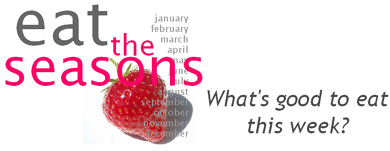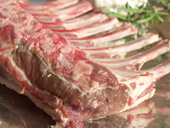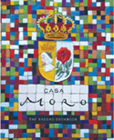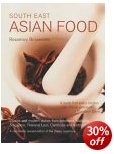
UK/Ireland
•Canada/USA
________________________________________________________________________

eat
lamb
Imported lamb from
New Zealand and Australia may be available all year round, but in season
home-grown lamb is hard to beat. In May and June lamb is at its most tender
but as the season progresses the flavor develops. Spring lamb is fantastic
for roasting simply with garlic and herbs, fall lamb is fantastic when
given a spicier, more adventurous treatment (see below for examples).
HISTORY
Sheep thrive in a variety of climates and have been the principal meat source across North Africa and Eurasia for centuries. The Industrial Revolution sparked a growth in demand for meat and led to the increased breeding of sheep for meat. We can now reap the reward of several generations of selective breeding for taste and texture; well-reared lamb today is likely to be better than any eaten at any time in the past.
BIOLOGY
Lambs are the offspring of the domestic sheep, ovis aries. Lambs are typically weaned to a diet of grass between the ages of 1 and 3 months and the consumption of grass adds flavor to lamb. The meat of animals between 1 and 2 years of age is properly referred to as hogget. Mutton is meat from ovine older than 2 years.
NUTRITION
Lamb is a good source of zinc, iron and B vitamins. It is relatively high in both saturated and unsaturated fats (roughly two to three times that of beef).
TIPS
BUYING
Big supermarkets will source lamb from a number of different farms. Buying
lamb from a good butcher's shop or farmers' market will give you the opportunity
to ask about the source of the lamb, and then buy the same quality produce
again if you like it. Look for firm, pinkish meat with creamy white fat.
STORING
Lamb can be kept in the fridge for at least a couple of days - the larger
the cut the longer the meat will keep. Freezing tends to have a drying
effect on meat and so is best used for cuts that will be slow cooked in
stews or casseroles, rather than dry-heat methods (grilling, roasting,
frying).
PREPARING
The cooking method will be dependent on the cut and recipe. Generally
lamb benefits from slightly slower cooking with more moderate heat compared
with beef. Trim excess external fat (or ask your butcher to do this) before
use. Lamb cooked using dry-heat methods will be more flavorful if served
slightly pink. Stews and casseroles will benefit from slow-cooking until
no pink remains. When roasting larger cuts, allow the meat to stand for
at least 15 minutes after cooking.
OTHER STUFF
There are around 10 sheep per person in New Zealand and Kiwis are the world's biggest consumers of lamb, eating around five times as much as North Americans.
PICK OF THE RECIPES
in
season:
january
february
march
april
may
june
july
august
september
october
november
december
main regions:
Texas, but farmed on a smaller scale across North America
ONLINE
IN PRINT
-
Lamb Mechoui with Cumin and Paprika Salt
Casa Moro -
Roast Spiced Leg of Lamb
South East Asian Food -
Indian Spiced Lamb Skewers
The River Cottage Meat Book


